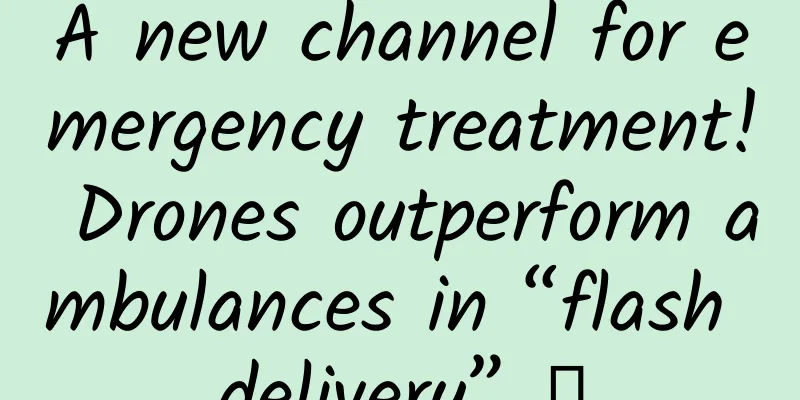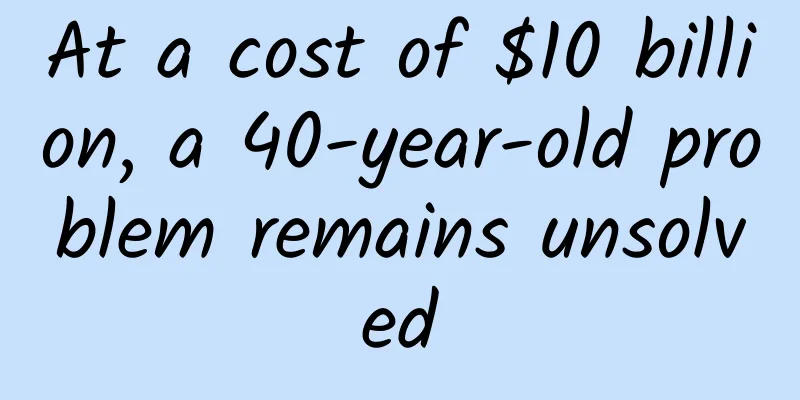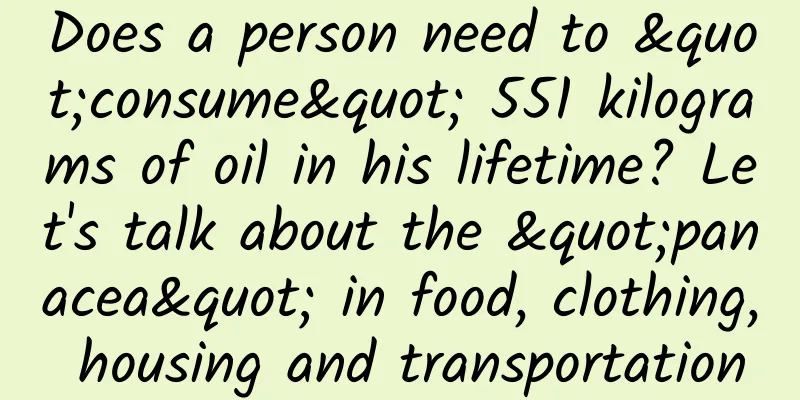A new channel for emergency treatment! Drones outperform ambulances in “flash delivery” →

|
Compiled by: Gong Zixin Out-of-hospital cardiac arrest is a common and life-threatening event with a mortality rate of approximately 90%. Early treatment with cardiopulmonary resuscitation (CPR) and defibrillation using an automated external defibrillator (AED) is essential to increase the chance of survival. If bystanders perform these treatments within the first 3 to 5 minutes and before the arrival of emergency medical services, the survival rate may be as high as 50 to 70%. However, in real life, ambulance response times and defibrillation times are not fast enough. Furthermore, most OHCAs occur in private homes (approximately 70%), where the nearest AED is often far away and bystander defibrillator use is extremely low. Therefore, new initiatives are urgently needed to reduce defibrillation time and cover OHCAs that occur in private homes. It is exciting to see the emergence of a new and promising strategy: “Access to an AED is the most important factor in saving lives. We have been deploying drones equipped with AEDs since summer 2020,” says Andreas Claesson, associate professor at the Center for Cardiac Arrest Research, Department of Clinical Research and Education, Karolinska Institutet and lead researcher of the study. Researchers evaluated the potential of delivering an AED directly to patients with suspected cardiac arrest via drone. In more than half of the cases, the drone arrived an average of three minutes earlier than the ambulance. In the case of cardiac arrest, drone-delivered defibrillators were used in most cases. The results of the study were published in the journal The Lancet Digital Health. In order to shorten the time it takes to defibrillate with an AED, Karolinska Institutet, together with the Västra Götaland Region, SOS Alert and drone operator Everdrone, has been testing the possibility of sending a drone equipped with an AED at the same time as an ambulance receives an alert since 2020. The project covers an area with a population of about 200,000 in western Sweden. Preliminary studies conducted in Gothenburg and Kungälv in the summer of 2020 have shown that the idea is feasible and safe. "This current, more comprehensive follow-up study shows that this approach works all year round, summer or winter, day or night. The drone can sound an alarm, arrive on the scene, and deliver the AED, giving people time to use the AED before the ambulance arrives," said Sofia Schierbeck, a doctoral student in the same department and the first author of the study. AED drone and ambulance response times In the study, drones delivered AEDs to 55 patients with suspected cardiac arrest. Of those, 37 deliveries occurred before the ambulance, or 67%, with an average lead of 3 minutes and 14 seconds. Of the 18 true cardiac arrest cases, the caller successfully used an AED in 6, or 33%, cases. "Our study shows that it is possible to deliver AEDs by drone, which saves time and means that emergency medical services could instruct callers to retrieve and use an AED in some cases to respond to acute cardiac arrest before an ambulance arrives," says Andreas Claesson. Data chart and reference source: https://www.thelancet.com/journals/landig/article/PIIS2589-7500(23)00161-9/fulltext |
<<: "Looking up at the sky" through time and space: the past and present of the planetarium
>>: Even if humans make mistakes, AI Agent can learn quickly!
Recommend
The efficacy and function of begonia flowers
We know that there are many kinds of Chinese medi...
Why are there no meteorites in Earth's craters? Could someone have taken them away?
Humans are always very complicated. They believe ...
The efficacy and function of red ochre
There are many things in life that we need to pay...
The efficacy and function of hawthorn leaves
Traditional Chinese medicine culture is profound ...
What are the properties of plantain?
When it comes to plantain, some of you may not kn...
What are the Chinese patent medicines for nourishing the spleen and stomach?
As people age, their body functions continue to d...
Is pine pollen conditioning responsive?
With the development of the economy, it also brin...
Ozone, friend or foe?
It's been too hot these past two days. Do you...
Don't follow the short video and go to the sea! There are too many people, the sea is going to be killed
I don’t know when it started, but the sea-hunting...
What are the effects and functions of ginseng wine?
Ginseng wine is a kind of health wine that we are...
What is the best way to nourish the kidneys?
Many men feel that they have kidney deficiency af...
The mystery of our nose: Why do we only have one nostril?
We use our noses every day, for breathing, smelli...
Terrible! Improper drying of clothes may cause health problems? You must know these facts!
This article was reviewed by Li Jiangtao, Associa...









